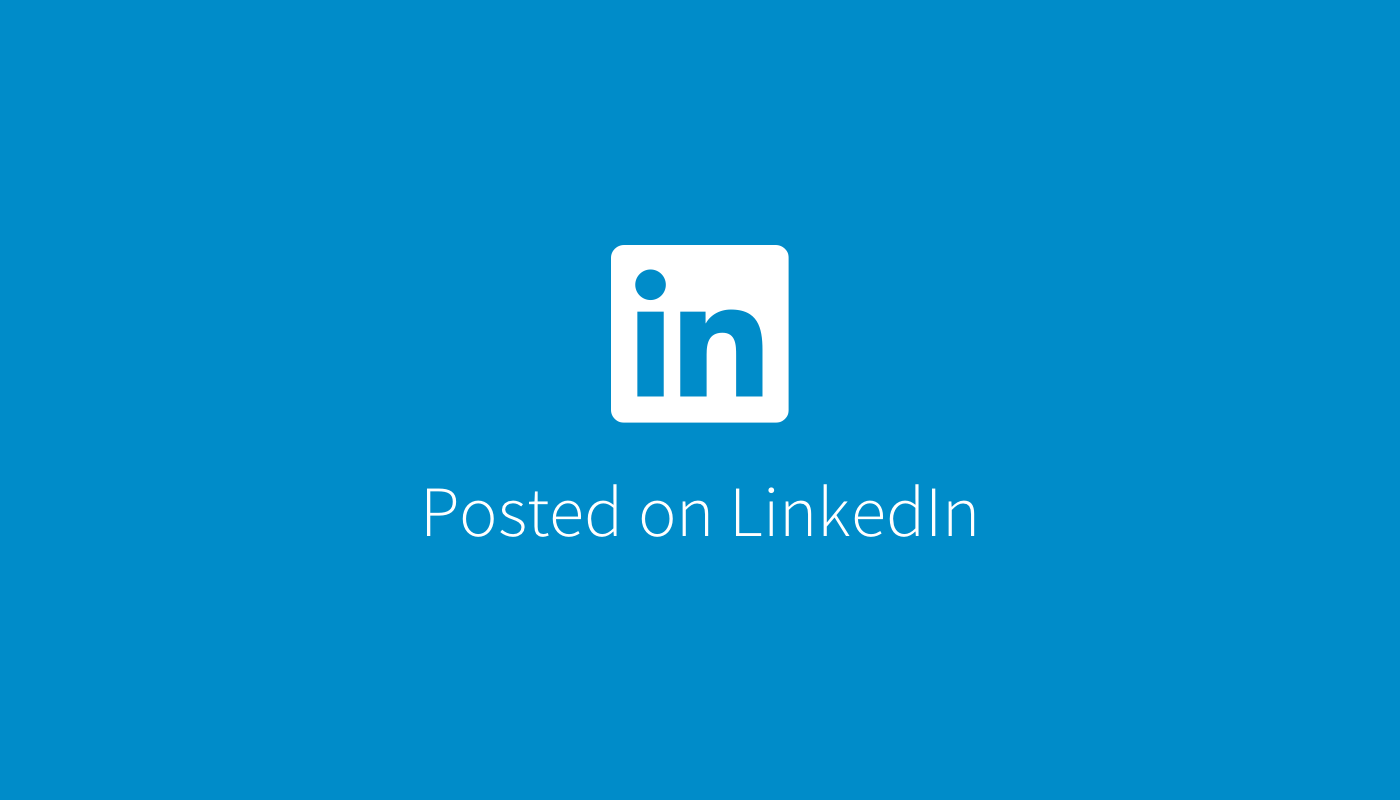When you give feedback, you tend to feel that the other counterpart isn’t receiving it well. | Sonu Goswami
When you give feedback, you tend to feel that the other counterpart isn’t receiving it well. And when you receive feedback, you feel the other counterpart isn’t giving it well. (It's all too familiar) Now, imagine this: You walk into work feeling confident, ready to crush your day. Then, your Manager👨💼 pulls you aside for some *FeeDBacK.* Ugh...Stomach Clenches, Palms Sweat –>that familiar feeling of being under attack. (बम फटेगा अभी)💣 We've all been there😊. Feedback, despite its good intentions, can be a double-edged sword. But what if I told you there's a way to transform it from a sting to a springboard for growth? Good morning 🙏 Thanks for the Feedback" by Douglas Stone explores why we struggle with feedback and provides growth techniques. Get ready to unlock its secrets...... The book 📙 identifies 3️⃣ major roadblocks that make feedback a bumpy ride: 1.Truth Triggers: Our egos bruise when feedback feels unfair. We shut down, missing chances to learn. 2.Relationship Triggers: Feedback feeling like a personal attack strains our connection. We focus on the "WHO" not the "WHAT." 3.Identity Triggers: Feedback challenges our self-worth. We feel inadequate, taking it personally. Mastering Feedback: Shift from Push to Pull The book 📙doesn't just diagnose the problem; it offers a prescription for success. Here are some key takeaways: 🎯 Separate Appreciation, Coaching, and Evaluation: Learn to distinguish between different types of feedback. 🎯 First Understand, Then React: Actively listen and consider the giver's perspective before responding defensively. 🎯 See Your Blind Spots: Use feedback to identify areas for improvement in communication. 🎯 Don't Switch Tracks: Focus on the message, not the person delivering it. Cultivate a Growth Identity: Embrace feedback as an opportunity for growth and self-improvement. Turning Feedback into Action: Book 📙 provides actionable steps. 🎯 Set Boundaries: Politely request time to process feedback instead of absorbing everything at once. 🎯 Navigate the Conversation: Learn to ask clarifying questions and express your perspective effectively. 🎯 Get Going: Take action by starting small experiments and actively seeking feedback from trusted colleagues. 🎯 Building a Feedback-Fueled Team: Create a culture of open communication and continuous improvement within your team. Building a Feedback-Fueled Team⛽ : The final chapter explores applying these concepts within our team to foster open and constructive feedback. 🎯 Boost our individual performance: We'll identify areas for improvement and continuously learn from each other. 🎯 Strengthen our working relationships: Open communication based on trust and respect will foster a more collaborative environment. 🎯 Elevate our team's success: By embracing feedback as a tool for growth, we'll push each other to achieve even greater things. ✔ Lesson: Feedback on our work is not a ghost haunting us; it's a guide to our growth and improvement. | 27 comments on LinkedIn
www.linkedin.com


When you give feedback, you tend to feel that the other counterpart isn’t receiving it well. And when you receive feedback, you feel the other counterpart isn’t giving it well. (It's all too familiar) Now, imagine this: You walk into work feeling confident, ready to crush your day. Then, your Manager👨💼 pulls you aside for some *FeeDBacK.* Ugh...Stomach Clenches, Palms Sweat –>that familiar feeling of being under attack. (बम फटेगा अभी)💣
We've all been there😊. Feedback, despite its good intentions, can be a double-edged sword. But what if I told you there's a way to transform it from a sting to a springboard for growth?
Good morning 🙏 Thanks for the Feedback" by Douglas Stone explores why we struggle with feedback and provides growth techniques. Get ready to unlock its secrets......
The book 📙 identifies 3️⃣ major roadblocks that make feedback a bumpy ride:
1.Truth Triggers: Our egos bruise when feedback feels unfair. We shut down, missing chances to learn.
2.Relationship Triggers: Feedback feeling like a personal attack strains our connection. We focus on the "WHO" not the "WHAT."
3.Identity Triggers: Feedback challenges our self-worth. We feel inadequate, taking it personally.
Mastering Feedback: Shift from Push to Pull
The book 📙doesn't just diagnose the problem; it offers a prescription for success. Here are some key takeaways:
🎯 Separate Appreciation, Coaching, and Evaluation: Learn to distinguish between different types of feedback.
🎯 First Understand, Then React: Actively listen and consider the giver's perspective before responding defensively.
🎯 See Your Blind Spots: Use feedback to identify areas for improvement in communication.
🎯 Don't Switch Tracks: Focus on the message, not the person delivering it.
Cultivate a Growth Identity: Embrace feedback as an opportunity for growth and self-improvement.
Turning Feedback into Action: Book 📙 provides actionable steps.
🎯 Set Boundaries: Politely request time to process feedback instead of absorbing everything at once.
🎯 Navigate the Conversation: Learn to ask clarifying questions and express your perspective effectively.
🎯 Get Going: Take action by starting small experiments and actively seeking feedback from trusted colleagues.
🎯 Building a Feedback-Fueled Team: Create a culture of open communication and continuous improvement within your team.
Building a Feedback-Fueled Team⛽ : The final chapter explores applying these concepts within our team to foster open and constructive feedback.
🎯 Boost our individual performance: We'll identify areas for improvement and continuously learn from each other.
🎯 Strengthen our working relationships: Open communication based on trust and respect will foster a more collaborative environment.
🎯 Elevate our team's success: By embracing feedback as a tool for growth, we'll push each other to achieve even greater things.
✔ Lesson: Feedback on our work is not a ghost haunting us; it's a guide to our growth and improvement.




